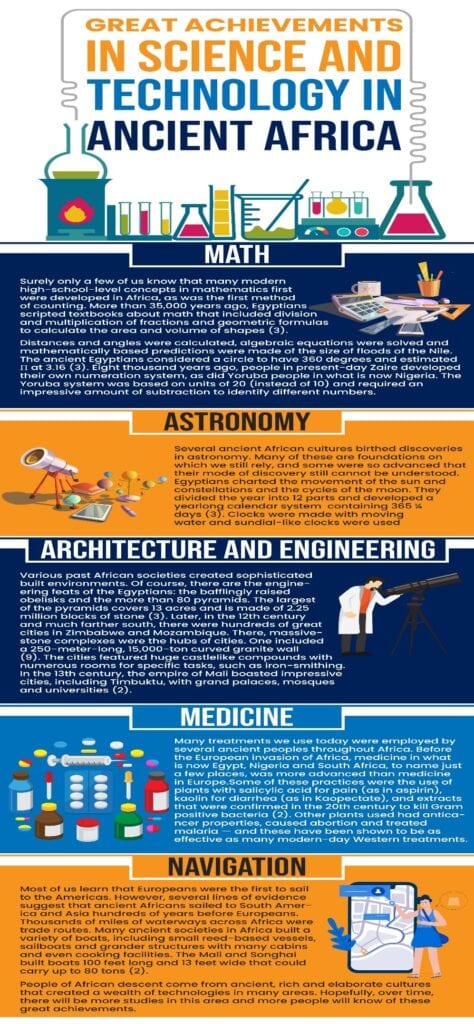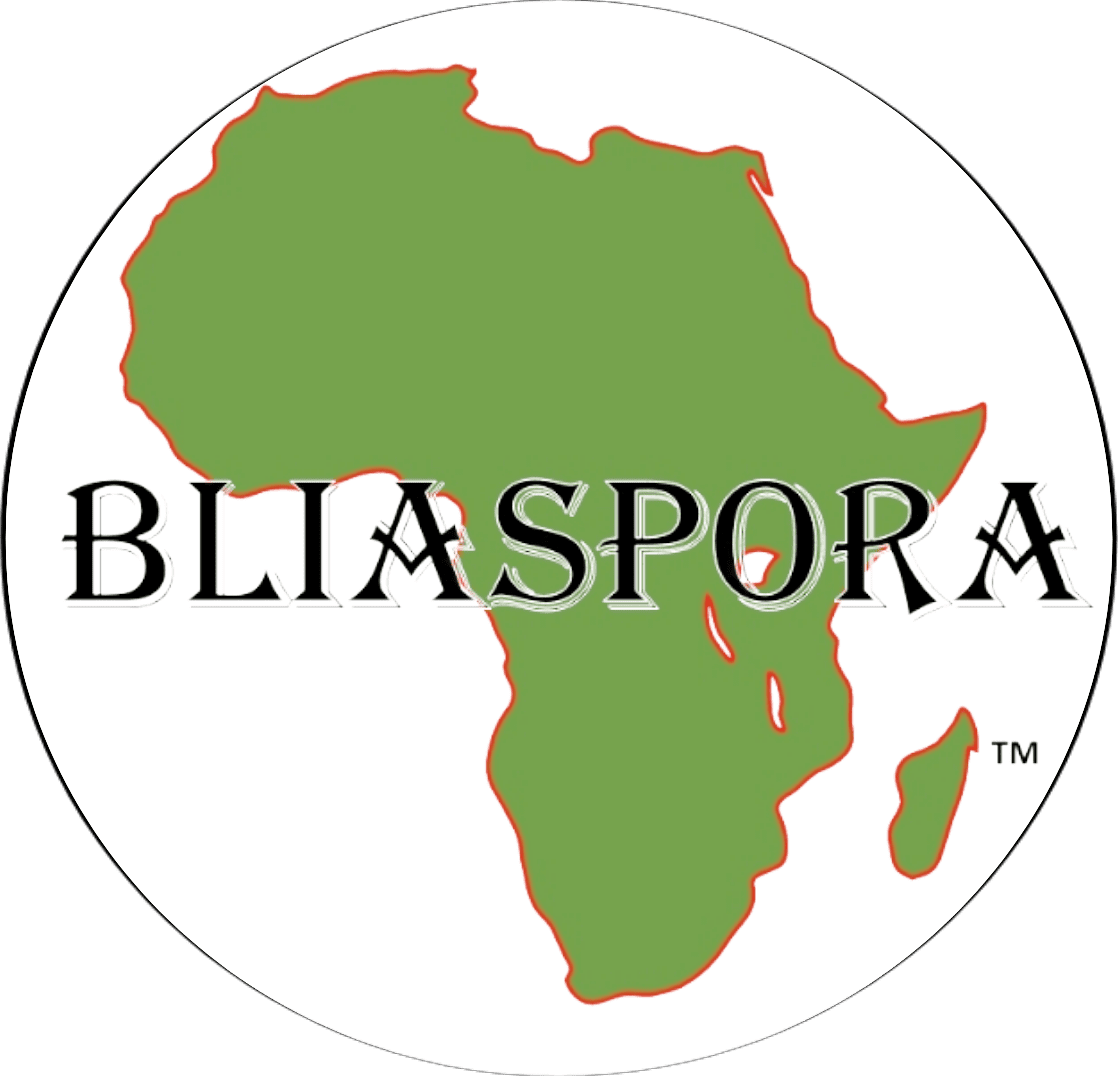Music
The music did vary by region; however, the common denominator was that music strengthens community is Sub-Saharan Africa.
“As African society has changed in response to the forces of colonization, independence, and globalization the role of music changed as well, adapting to the new situation in which the people of Africa find themselves. Though there have been changes in some of the forms of the music, including the infusion of instruments, musical styles, and genres from outside the African continent, music remains very important in Africa today. Also, as Africans traveled from Africa to other parts of the world, both as a result of African slave trade and later migrations, the music and dance forms of the African diaspora have influenced a number of international musical styles and genres, including many Caribbean and Latin American music genres like rumba and salsa, as well as providing the foundation of musical tradition behind African American music.”
(newworldencyclopedia.org)
Pre-Colonization music was considered as traditional music where music was used for various social occasions like weddings and childbirth just to name a couple. During colonization traditional Sub-Saharan African music evolved, the introduction to European instruments and attempted to conform to the colonizer’s musical preference. During the 1960’s post-independence, the musical styles changed and was influenced by music overseas. With the blend of traditional and foreign music new genres emerged. Afrobeat’s one of the more popular styles, which is a fusion of jazz, Afro-American, and Latin Music. Generally, “African music is sung, by solo or chorus, alone or accompanied by musical instruments or by simple clapping and other rhythmic body gestures. Singing is usually loud and enthusiastic, often with a strident quality of voice.” (Ferris, 338).
Dance
Throughout Sub-Saharan Africa there are various forms of dance that are linked to that region or society.
“In Africa, the dancer is more than a performer – the dancer is also a teacher, a historian, a social commentator, a celebrant, a spiritual medium, a healer, and a storyteller.”
Onwuekwe, A. I. (n.d.). THE SOCIO-CULTURAL IMPLICATIONS OF AFRICAN MUSIC AND DANCE. Nnamdi Azikiwe University
Dance was used in ways for initiations, narratives, celebrations that include weddings, holidays, and funerals. Although there are many different reasons why dance was important and was a way of life it is also important to understand the kinds of dance, that can be broken down into two distinctive categories.
Meisner (2006) explains “there are dances for participation, which do not need spectators; and dances for presentation, which are designed for an audience. Dances for participation include work dance, some forms of religious dance, and recreational dances such as folk dances and popular, or social dances. Presentational dances are performed in any space where an audience can watch. Dancers entertain royalty such as Obas, Emirs, Obongs, and many other traditional rulers in their palaces.”
Dance and music go hand in hand, where dance is not only a form of entertainment is a form of culture and comradery that is passed on from generation to generation. In many cultures, the traditional African Mask is are a part of the dance rituals, which adds importance to the dance being performed.
Masks

“The mask is worn by a dancer that becomes the ‘bearer’ of the spirit of the mask, a sort of a medium between the tribe and the spirit. The trance-like state is accomplished with a specific music and dance. Ceremonies and weddings, initiation rites, and funerals have a masked dance. It is believed that the earliest mask was used in the Paleolithic Era. They represent the spirits of animals or ancestors, mythological heroes, moral values, or a form of honoring of a person in a symbolic way. They are made of wood, pottery, textiles, copper, and bronze. Details could be made from animal teeth, hair, bones, horns, feathers, seashells, straw, and eggshells.”
For additional information visit: Traditional African masks
Great Achievements in Science and Technology in Ancient Africa
Throughout history, the accomplishments of Sub-Saharan Africans have been neglected and forgot about. The fact that this is unspoken of or taught does no justice. Since the narrative of Africa has focused on Sub-Saharan Africans being “primitive”, slavery, or colonization. Like mentioned earlier the Eurocentric view along with racism, people failed to believe that Africans could have such great accomplishments. Fortunately, with the advent of the digital age we live in and the easy access to information from smartphones and computers we no longer just must rely on information that is taught in school. We no longer have to go to the library and learn the Dewey Decimal System and gather information from our public libraries, which is still an excellent option, to obtain information that should have informed to the masses about Africa for generations. The curriculum that is the standard in the United States neglects to tell the story of this and other minority groups.
To learn more about African Achievements, click here

REFERENCES
- Kresge, N. “A history of black scientists.” ASBMB Today. February 2011.
- Van Sertima, I. “The Lost Sciences of Africa: An Overview.” Blacks in Science: Ancient and Modern. 7 – 26 (1983).
- Woods, G. Science in Ancient Egypt (1988).
- Zaslavsky, C. “The Yoruba Number System.” Blacks in Science: Ancient and Modern. 110 – 127 (1983).
- Lynch, B. M. & Robbins, L. H. Science 4343, 766 – 768 (1978).
- Adams, H. “African Observers of the Universe: The Sirius Question.” Blacks in Science: Ancient and Modern. 27 – 46 (1983).
Original Article by: Sydella Blatch February 01, 2013
